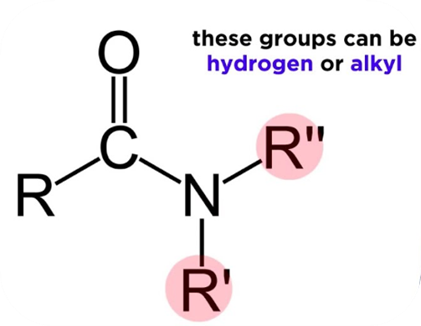133044-44-7
133044-44-7
6-Acetyl-2(3H)-benzothiazolone
Synonyms
- 133044-44-7
- 6-Acetyl-2(3H)-benzothiazolone
- 6-Acetylbenzo[d]thiazol-2(3H)-one
- 6-acetyl-3H-1,3-benzothiazol-2-one
- 2(3H)-Benzothiazolone,6-acetyl-(9CI)
Molecular Formula
C9H7NO2S
Get a free no-obligation quote
We typically respond within 30 minutes during business hours!
Molecular Formula
C9H7NO2S
Iupac Name
6-acetyl-3H-1,3-benzothiazol-2-one
Canonical Smiles
CC(=O)C1=CC2=C(C=C1)NC(=O)S2
StdInChi
InChI=1S/C9H7NO2S/c1-5(11)6-2-3-7-8(4-6)13-9(12)10-7/h2-4H,1H3,(H,10,12)
StdInChiKey
UFRAIEFXNRTICG-UHFFFAOYSA-N
Appearance
Not Available
Molecular Weight
193.22
Exact Mass
193.01974964
Average Mass
193.222 Da
Monoisotopic Mass
193.01974964
Experimental Melting Point
184-186 °C (Decomposes)
Density
1.4±0.1 g/cm3
Refractive Index
1.635
Molar Refractivity
50.9±0.3 cm3
Polar Surface Area
71.5 Ų
Polarizability
20.2±0.5 10-24cm3
Surface Tension
52.1±3.0 dyne/cm
Molar Volume
142.1±3.0 cm3
Experimental Logp
0.394
Acd LogP
1.21
Acd LogD Ph55
1.25
Acd Bcf Ph55
5.21
Acd Koc Ph55
113.43
Acd LogD Ph74
1.24
Acd Bcf Ph74
5.19
Acd Koc Ph74
112.94
Hydrogen Bond Donor Count
1
Hydrogen Bond Acceptor Count
3
Rotatable Bond Count
1
Heavy Atom Count
13
Isotope Atom Count
0
Defined Atom Stereocenter Count
0
Undefined Atom Stereocenter Count
0
Defined Bond Stereocenter Count
0
Undefined Bond Stereocenter Count
0
Covalently Bonded Unit Count
1
H Bond Acceptors
3
H Bond Donors
1
Freely Rotating Bonds
1
Rule of 5 Violations
0
Formal Charge
0
Complexity
254
Compound is Canonicalized
Yes
Related Article(s)
Ketones: Nomenclature, classification, biochemical significance, applications and toxicityJul 26, 2022

Ketones are a group of organic compounds that have a carbonyl group that is a link between oxygen and carbon. They are present in sugars and pharmaceutical chemicals, like steroid hormones.
Amides: Nomenclature, classification, natural sources, synthesis and applicationsJul 16, 2022

Amide is a nitrogen-containing molecule that derives from ammonia or an amine. As a functional group, amides consist of a carbonyl group joined to a nitrogen atom. Carboxylic acids and amines react to produce amides.
